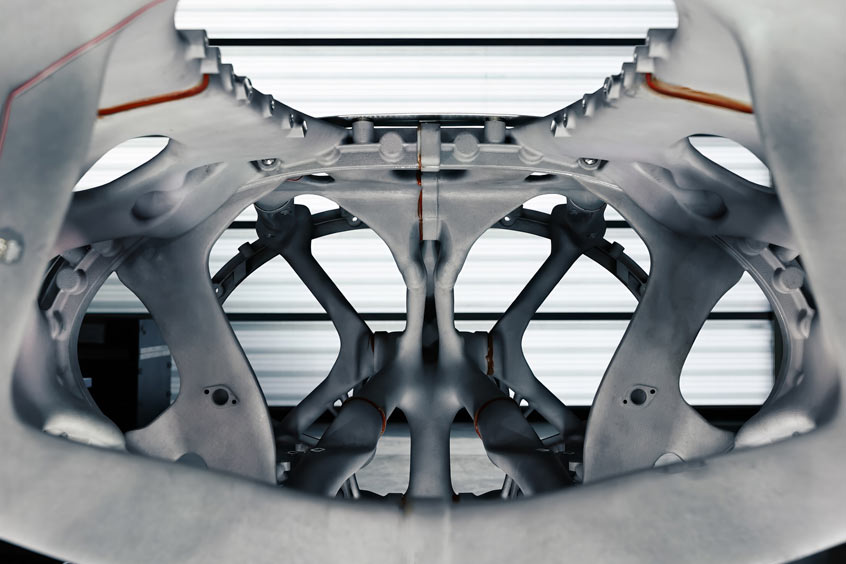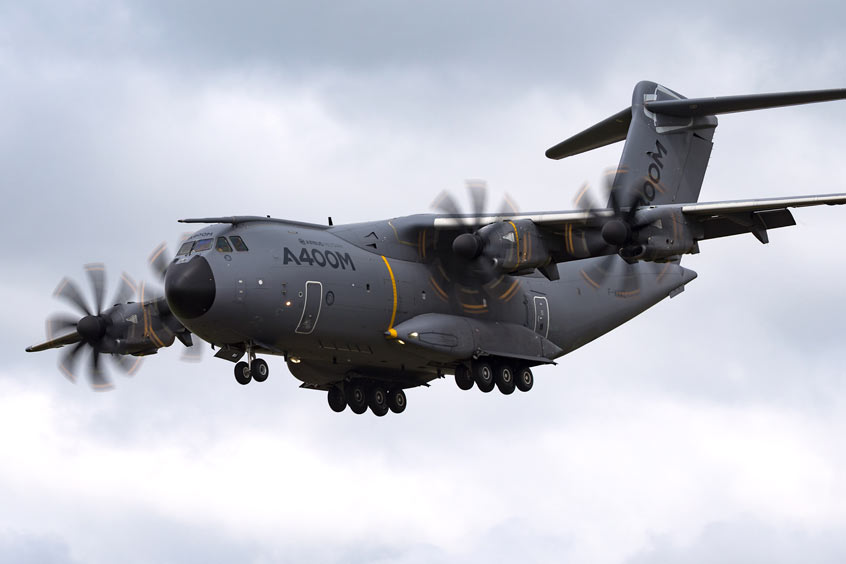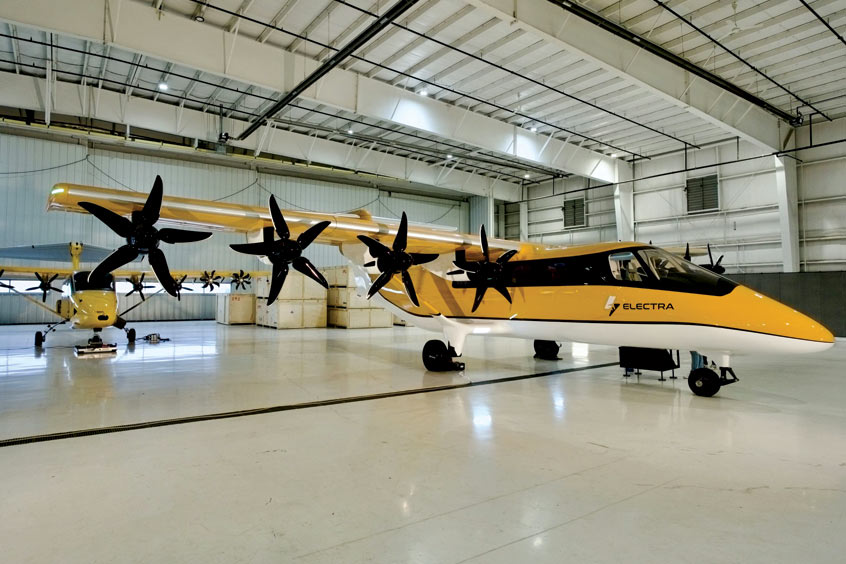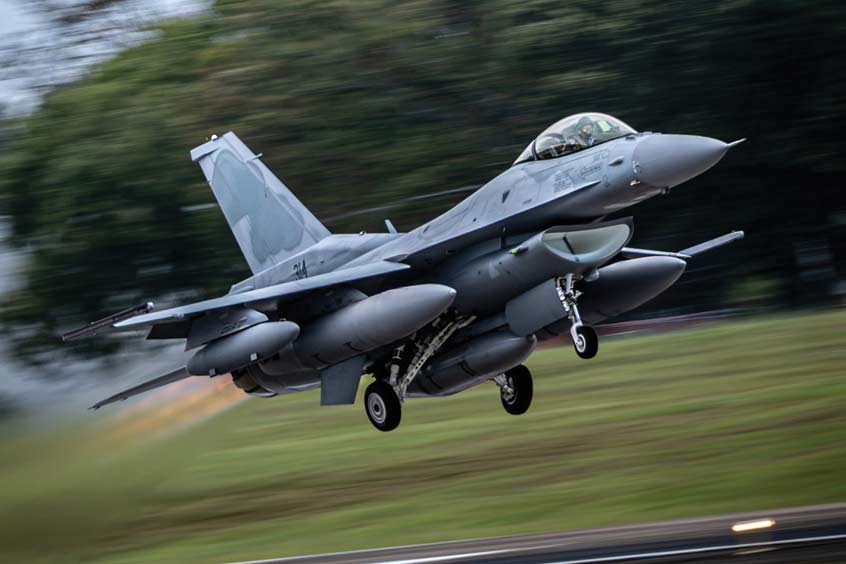Hanwha Aerospace is starting to develop a hydrogen fuel cell system to be used in Urban Air Mobility (UAM).
The company has recently won an order for the 'Fuel Cell Lightweight Technology Development for Aviation Mobility' project announced by the Ministry of Trade, Industry and Energy, Korea Energy Technology Evaluation Institute.
The total project cost is about 21 billion won over four years, and Hanwha Aerospace plans to secure core technologies for hydrogen fuel cells for aviation by 2025, such as improving fuel cell performance and reducing system weight.
To this end, Hanwha Aerospace has completed the formation of an industry-academia-research consortium that includes various institutions, including domestic small and medium-sized enterprises (SMEs) with capabilities such as hydrogen fuel cell-related technology development and patent performance.
A hydrogen fuel cell is a power generation system that produces electricity through a chemical reaction between hydrogen and oxygen. Unlike conventional fossil fuels, there are no by-products other than pure water, so it is a renewable energy suitable for carbon-neutral and eco-friendly Green New Deal policies.
In addition, as it is lighter in weight than existing lithium-ion batteries, it is attracting attention as a next-generation energy source to be used in UAM, which is emerging as an alternative to solving traffic congestion in metropolitan areas.
In particular, hydrogen fuel cells have high energy density, so the operation time and distance of UAM can be significantly extended compared to batteries. However, in order to be applied for aviation, it has to be lighter than the existing fuel cell system for vehicles, and the development difficulty is quite high, such as maintaining high output stably during flight.
In this regard, Hanwha Aerospace is based on its rich development experience and advanced technology accumulated through the aerospace engine business, including the Korean launch vehicle Nuri (KSLV-II) and the Korean fighter Boramae (KF-21) engine, as well as various engine parts for civil aircraft. We are confident of the success of this national project. Furthermore, we plan to create an exemplary domestic UAM market ecosystem through win-win cooperation with domestic SMEs.
An official from Hanwha Aerospace said, "Through the success of this project, we will secure core technology for the UAM electric propulsion system and expand our business to electric propulsion systems for small and medium-sized aircraft in the long term."
Meanwhile, according to the Korean Urban Air Traffic Roadmap (K-UAM) announced by the Ministry of Land, Infrastructure and Transport in 2020, the UAM market is expected to grow to 730 trillion won in global market size by 2040.
| Contact details from our directory: | |
| Hanwha Group | Accumulators, Aircraft Landing Gear, Electromechanical Actuators, Flow Control Valves, Fuel Pumps, Fuel Quantity Indicators, Fuel Tanks & Systems, Helicopter Landing Gear, Hydraulic Actuators, Hydraulic Pumps, Hydraulic Systems & Equipment, Linear Actuators, Reservoirs, Rotor Hub Assemblies, Surveillance/Air Defense Radar, Turbine Seals |
| Related directory sectors: |
| Fuel Systems |
Weekly news by email:
See the latest Bulletin, and sign up free‑of‑charge for future editions.

Saab advances digital manufacturing with autonomous fuselage

Airbus deploys Stratasys printed parts for A320, A350 and A400M

Electra kicks off Part 23 application for hybrid-electric EL9
